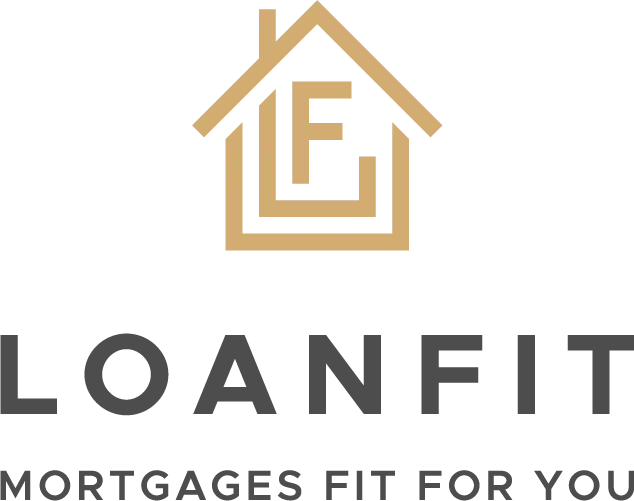News & Resources

Insurance Challenges Are Growing
Insurance costs are rising, adding an unexpected challenge to the process. Mortgage professionals and real estate agents must understand these issues to guide their clients effectively. Home buyers and sellers should also be aware of potential roadblocks before listing or purchasing a home.
Navigating these insurance challenges early in the home buying process can prevent surprises. A home that looks perfect on paper may come with costly insurance requirements. Understanding these risks can help buyers budget accordingly, sellers make their homes more attractive, and mortgage professionals ensure smoother transactions.
The Insurance Challenge You Need to Know
Home insurance plays a major role in homeownership, affecting both monthly mortgage payments and overall affordability. Some properties are more expensive to insure due to their location, history, or condition. Here are some common issues that impact insurability and insurance costs.
Roof Age and Condition
Many insurance companies hesitate to cover homes with older roofs. Even if a roof is in good shape, insurers may increase premiums or deny coverage if it is over 10 to 15 years old. Some policies require a full replacement before issuing a policy. This can add a major expense to homeownership, making it an important factor for buyers to consider.
Flood Zones and Past Water Damage
Homes in FEMA-designated flood zones require flood insurance, which can be expensive. Some lenders mandate this coverage, increasing a buyer’s monthly costs. Even homes outside of designated flood zones can face high premiums if they have a history of water damage. Buyers should check a home’s flood risk and claims history before making an offer.
Fire Risk and Location
Wildfire-prone areas present insurance challenges. Some properties require specialized policies that may be difficult to obtain. In some high-risk states, insurers are limiting coverage or withdrawing from the market. Buyers looking at homes in fire-prone regions should research insurance options before committing to a purchase.
Prior Insurance Claims
A property with multiple past claims can be flagged as high-risk. Insurers use a home’s claims history to determine coverage eligibility and pricing. Multiple water or fire damage claims can result in higher premiums or limited coverage options. Buyers should request a home’s insurance claims report to understand any potential red flags.
Aging Electrical and Plumbing Systems
Outdated electrical and plumbing systems increase the risk of fire and water damage. Homes with knob-and-tube wiring, aluminum wiring, or galvanized pipes may require updates before an insurer will provide coverage. Some policies exclude certain types of outdated systems, leading to expensive repairs for buyers after purchase.
Proximity to Coastlines and Hurricanes
Coastal homes often require windstorm insurance, a separate policy from standard homeowners insurance. Some states require hurricane insurance, further increasing costs. Buyers interested in coastal properties should budget for these extra expenses and check for available coverage options before making a purchase.
Sinkhole or Earthquake Risk
Homes in areas prone to sinkholes or seismic activity may need additional insurance. Standard policies do not always cover these risks. Coverage can be expensive and difficult to obtain. Buyers should research geological risks in the area before purchasing a home.
Vacant or Distressed Homes
Homes that have been vacant for extended periods or require significant repairs may not qualify for standard homeowners insurance. Special policies are available, but they are often more expensive. Buyers interested in fixer-uppers should check insurance options before purchasing.
How Buyers and Sellers Can Prepare
Buyers and sellers can take proactive steps to avoid insurance-related surprises during a transaction.
For Home Buyers
Ask for a home’s insurance claims history before making an offer. Multiple past claims can lead to higher premiums.
Get an insurance quote early. This will reveal any potential coverage challenges and help with budgeting.
Consider the long-term costs. A home with high insurance rates may be less affordable even if the mortgage payment is manageable.
For Home Sellers
Address potential insurance concerns before listing. Making repairs, updating systems, or replacing an aging roof can improve insurability.
Provide insurance-friendly documentation, such as wind mitigation reports or proof of recent updates, to help attract buyers.
Be upfront about past claims. Transparency helps set realistic expectations for buyers and can prevent deal-breaking surprises.
How Agents Can Help Buyers and Sellers Prepare
Real estate agents play a key role in helping clients navigate insurance challenges. Addressing these issues early can prevent delays and unexpected costs.
For Listing Agents
Identify insurance red flags before listing a home. Aging systems, past claims, and high-risk locations should be addressed upfront.
Work with sellers to make necessary updates, such as replacing an aging roof or upgrading electrical and plumbing systems.
Provide buyers with relevant insurance information, including past claims reports and estimated premium costs.
For Buyer’s Agents
Recommend that buyers get an insurance quote early in the home search process. This helps them understand if a home is affordable beyond the mortgage payment.
Encourage additional inspections if necessary. Some insurers require roof inspections, wind mitigation reports, or plumbing assessments before issuing a policy.
Help buyers budget for specialized coverage, such as flood or wildfire insurance, when necessary.
Navigating Insurance Challenges in a Changing Market
Falling mortgage rates make homeownership more appealing, but rising insurance costs can impact affordability. Understanding these challenges helps real estate agents, mortgage professionals, and home buyers navigate the process with confidence. By addressing insurance risks early, transactions can move more smoothly, preventing costly delays and unexpected expenses. If you have questions about insurance and mortgage solutions, LoanFIT is here to help.

